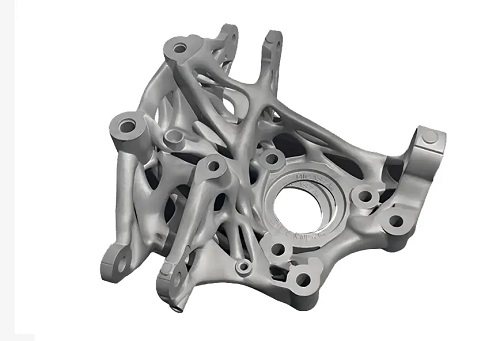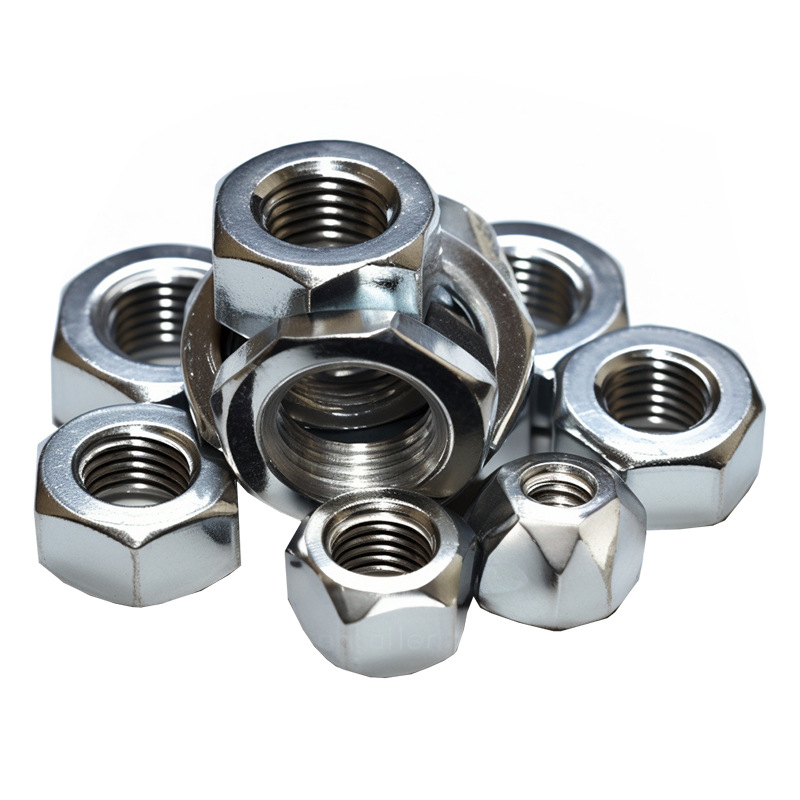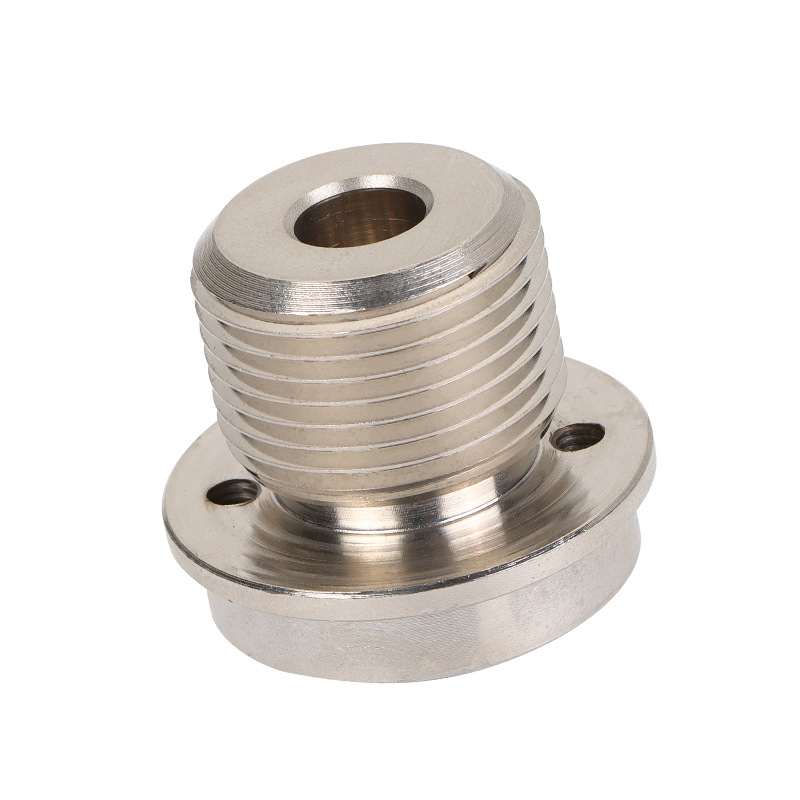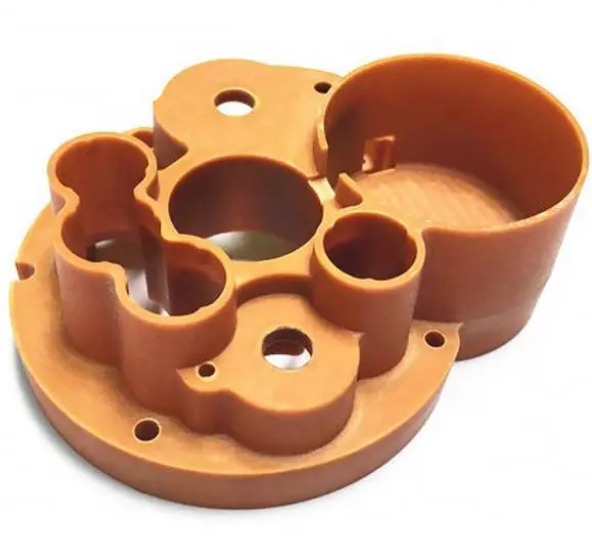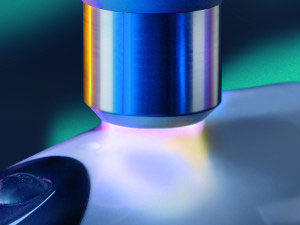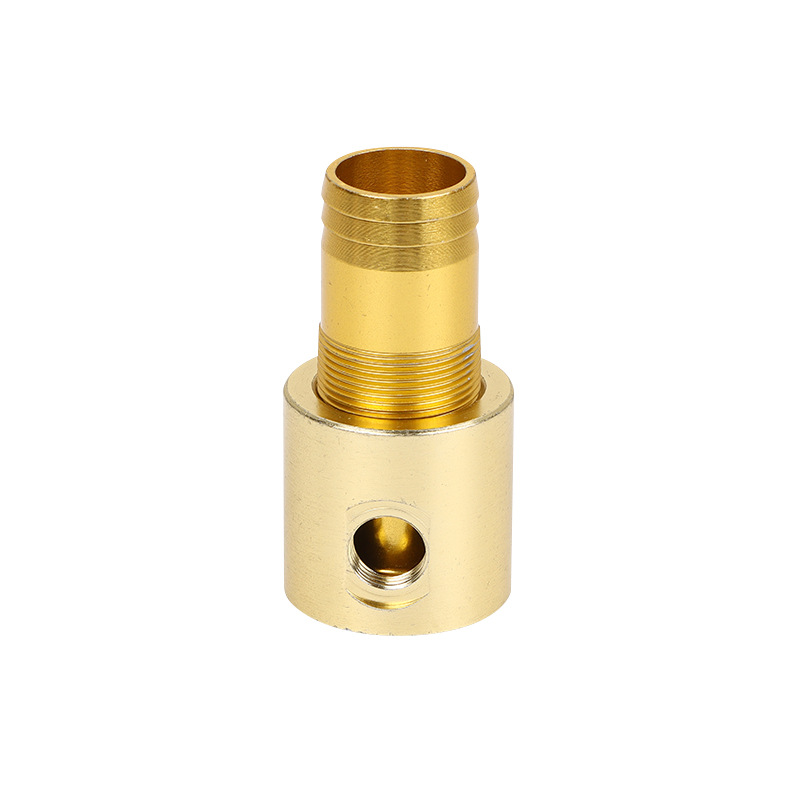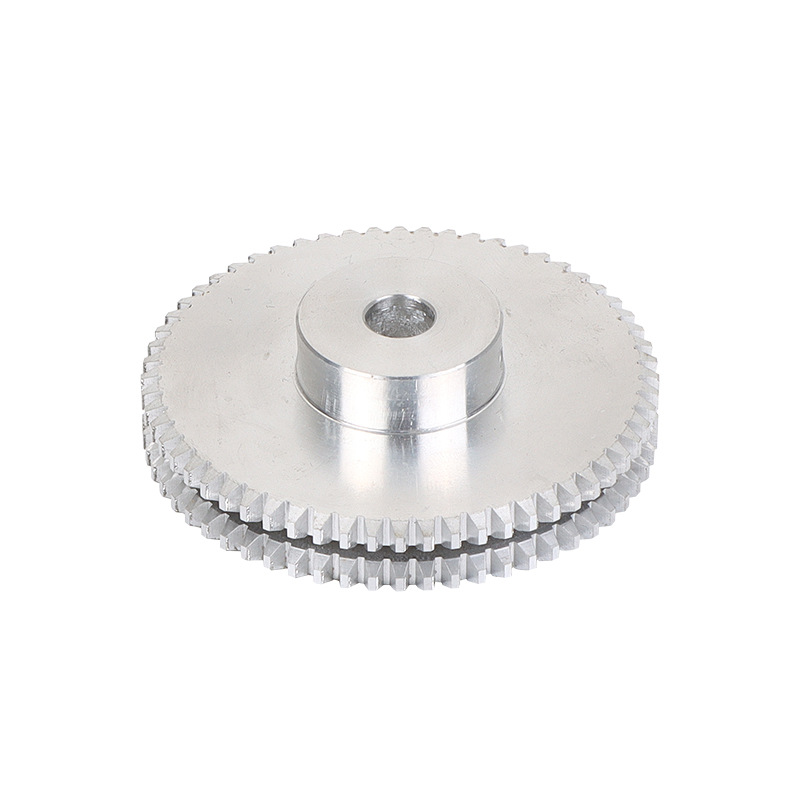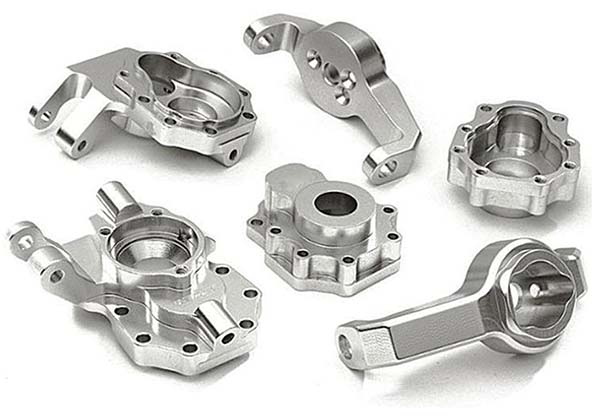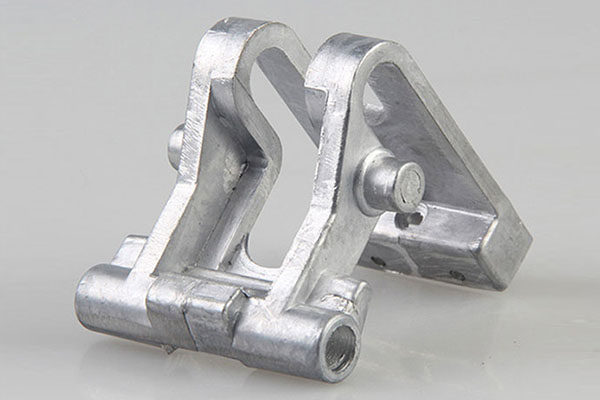Metal surfaces often struggle to strike the right balance between aesthetics and practicality. A stainless steel countertop might show every fingerprint, a smartphone frame could have an overly shiny finish that glares in sunlight, or a automotive trim piece might lack the subtle texture that elevates its look. Mirror polishing is too reflective, matte finishes can look dull, and painted surfaces chip easily. What’s needed is a treatment that creates a controlled, textured surface—one that resists fingerprints, reduces glare, and adds visual interest. This is where surface treatment brushing (hairline finish) shines. By creating fine, parallel lines or patterns through controlled abrasion, it solves these pain points—delivering a sophisticated finish that’s both durable and visually appealing. In this guide, we’ll explore how brushing works, its key types, properties, and how to leverage it for superior surface quality.
Introduction to Brushing (Hairline Finish)
Brushing (hairline finish) is a surface treatment that creates intentional texture through directional abrasion—blending functionality with design appeal:
- Definition: Brushing is a mechanical process that uses abrasive brushes or belts to create fine, uniform patterns on metal surfaces. A hairline finish—the most common type—features ultra-fine parallel lines (5-50 μm wide) that reduce reflectivity while adding a subtle, elegant texture. The process removes minimal material (0.5-5 μm), preserving part dimensions.
- Historical background: Brushing has been used for centuries to refine metal surfaces, with early blacksmiths using wire brushes to clean and texture iron. Industrialization in the 20th century brought mechanized brushing, enabling consistent finishes for mass-produced goods. Today, it’s a staple in design-focused industries, from consumer electronics to high-end furniture.
- Basic principles: Brushing works by moving abrasive tools (wire brushes, nylon brushes with abrasive grit) across the metal surface in a controlled direction. The abrasives remove microscopic peaks, leaving behind parallel grooves or patterns. The line depth and spacing depend on brush grit—finer grits (400-600) create narrower lines, while coarser grits (120-240) produce wider, more pronounced textures.
- Industrial significance: Brushing is used in 40% of decorative metal applications, adding \(5-20 per part in perceived value. The global market for brushed metal finishes exceeds \)2 billion, driven by demand for sleek, modern aesthetics in consumer goods and architecture. It’s particularly valued for hiding minor scratches and fingerprints.
- Environmental considerations: Brushing generates minimal waste compared to chemical treatments, with spent brushes and abrasive dust recyclable in many cases. Water-based coolants are used to reduce dust and heat, complying with OSHA standards for air quality. Automated systems minimize energy use, making the process eco-friendly.
- Comparison with other surface treatments: Brushing offers unique texture control:
| Feature | Brushing (Hairline) | Polishing (Mirror) | Sandblasting |
| Texture | Fine parallel lines | Smooth, reflective | Random, rough texture |
| Reflectivity | Low to moderate (30-60%) | High (>90%) | Low (<30%) |
| Fingerprint Resistance | High | Low | Moderate |
| Maintenance | Easy (hides minor scratches) | High (shows every mark) | Moderate |
Types of Brushing
Brushing techniques vary by pattern and application, from fine hairlines to bold textures:
- Hairline brushing: Creates the finest pattern, with lines 5-15 μm wide using 400-600 grit abrasives. It’s used in high-end applications like smartphone frames, luxury watches, and architectural trim, where subtlety is key.
- Circular brushing: Uses rotating brushes to create concentric circular patterns, ideal for round parts (e.g., sink basins, jewelry) or to highlight curved surfaces. The circles range from 0.5-5 mm in diameter, depending on brush speed.
- Straight-line brushing: Produces wider, more pronounced parallel lines (20-50 μm) using 120-240 grit abrasives. It’s common in industrial equipment, furniture, and automotive trim where a more durable, visible texture is desired.
- Mechanical brushing: Uses motorized brushes or belts for consistent, high-volume production. It’s automated, ensuring uniform texture across large batches—critical for automotive and electronics manufacturing.
- Electropolishing with brushing: Combines electrochemical polishing (to smooth surfaces) with brushing (to add texture). This hybrid process creates a “soft” hairline finish with enhanced corrosion resistance, used in medical devices and food-grade equipment.
- Manual brushing: Handheld brushes for custom work or small batches, allowing artisans to create unique patterns. It’s used in jewelry making and bespoke furniture, where craftsmanship is valued over uniformity.
- Automated brushing: CNC-controlled machines with precision brush movement, achieving line alignment within ±0.5° for large surfaces (e.g., elevator panels, kitchen countertops). They handle high volumes with minimal variation.
Properties of Brushed Surfaces
The properties of brushed surfaces make them ideal for both functional and decorative applications:
- Aesthetic appeal: Brushed surfaces offer a modern, understated look—neither too shiny nor too dull. Hairline finishes add depth without overwhelming a design, making them popular in minimalist and industrial styles. They complement both matte and polished accents.
- Surface finish: Brushed surfaces have a controlled roughness of 0.1-1 μm Ra, with hairline finishes at the lower end (0.1-0.5 μm). The texture feels smooth to the touch but with enough friction to prevent slipping—useful for handles and grips.
- Reflectivity: Brushed finishes reflect 30-60% of light, striking a balance between mirror-like shine (which glares) and matte (which can look flat). This makes them ideal for surfaces viewed in varied lighting (e.g., kitchen appliances, office furniture).
- Fingerprint resistance: The textured surface breaks up oil and water droplets, making fingerprints less visible than on polished surfaces. Testing shows brushed stainless steel requires 50% fewer cleanings than polished steel in high-touch areas.
- Wear resistance: The brushing process work-hardens the surface, increasing hardness by 5-10% (e.g., from 200 to 210 HV). This makes brushed surfaces more resistant to minor scratches than polished ones, extending their “like-new” appearance.
- Corrosion resistance: While brushing doesn’t improve corrosion resistance on its own, when combined with passivation (for stainless steel), it creates a surface that resists rust as well as polished steel. The texture doesn’t trap enough moisture to accelerate corrosion.
- Dimensional accuracy: With material removal of just 0.5-5 μm, brushing preserves tight tolerances (±0.001 mm), making it suitable for precision parts like automotive trim and electronic enclosures.
Applications of Brushing
Brushing enhances both form and function across diverse industries:
- Consumer electronics: Smartphone and laptop casings use hairline brushing to reduce glare and hide fingerprints. The subtle texture improves grip, while the uniform lines convey premium quality—key for high-end devices.
- Automotive: Interior trim (dashboard, door handles) and exterior accents use brushed finishes for a sophisticated look. The texture resists scratches from daily use, maintaining appearance longer than polished metal.
- Kitchen and bath: Stainless steel sinks, faucets, and countertops rely on brushing to hide water spots and fingerprints. Hairline finishes complement modern kitchen designs, while straight-line brushing adds durability for heavy use.
- Architecture: Elevator panels, handrails, and facade elements use brushed metal for both aesthetics and practicality. The texture resists weathering and vandalism, making it ideal for public spaces.
- Jewelry: Metal components (watch bands, necklace chains) use brushing to create contrast with polished accents. Circular brushing adds depth to rings and bracelets, enhancing their visual appeal.
- Medical devices: Surgical tools and equipment housings use brushed finishes to reduce glare during procedures. The texture also provides better grip for 医护人员 (medical staff), improving handling precision.
- Furniture: Table legs, chair frames, and hardware use brushing to add texture to metal pieces. It complements wood and fabric, creating cohesive, modern designs.
Brushing Process and Equipment
The brushing process and equipment are designed to achieve precise, repeatable textures:
- Brushing machines: Include belt brushers (for large flat surfaces), rotary brushers (for curved parts), and CNC brushers (for complex geometries). They operate at speeds of 500-3000 RPM, with adjustable pressure (1-5 N) to control line depth.
- Abrasive materials: Brushes are made with wire (steel, brass), nylon, or natural fibers embedded with abrasive grit (aluminum oxide, silicon carbide). Grit sizes range from 120 (coarse) to 600 (fine), with 400 grit standard for hairline finishes.
- Manual tools: Handheld wire brushes, abrasive pads, and sanding blocks for small parts or custom work. These are used in jewelry making and repair, where precision control is more important than speed.
- Automated systems: Robotic arms with brush attachments for large or irregularly shaped parts (e.g., automotive bumpers). They program brush path, speed, and pressure to ensure uniform texture across complex surfaces.
- Pre-treatment processes: Parts are degreased with alkaline cleaners to remove oils and contaminants, ensuring the brush contacts the surface evenly. This step prevents uneven brushing caused by trapped debris.
- Post-treatment processes: Brushed parts are rinsed to remove abrasive dust, then dried with compressed air or low-heat ovens (60-80°C). Some applications include a clear coating (e.g., lacquer) to enhance durability and resist fingerprints.
- Safety equipment: Operators wear dust masks to prevent inhalation of metal particles, safety glasses to protect from flying debris, and gloves to avoid cuts from sharp edges. Ventilation systems in automated machines remove dust, maintaining air quality.
Quality Control and Maintenance in Brushing
Rigorous quality control and maintenance ensure consistent, high-quality finishes:
- Surface inspection: Visual checks under 10-50x magnification verify line uniformity—no gaps, overlaps, or irregularities. Profilometers measure Ra values (0.1-1 μm) to ensure texture meets specifications, with hairline finishes typically at 0.1-0.5 μm.
- Line alignment testing: For straight-line brushing, laser alignment tools check that lines are parallel within ±0.5°, critical for large surfaces like countertops or wall panels where misalignment is visible.
- Equipment maintenance: Brushes are inspected daily for wear—replace when bristle length decreases by >20% to prevent uneven texture. Machine bearings are lubricated weekly, and belt tension is adjusted to maintain consistent pressure.
- Abrasive control: Grit size is verified with sieves to ensure consistency between batches. Brushes are cleaned after use to remove metal particles that could scratch surfaces in subsequent runs.
- Process parameters: Brush speed, pressure, and pass count are logged for each batch. Statistical process control (SPC) tracks variations, with adjustments made if Ra values drift by >15% from target.
- Quality standards: Compliance with ASTM B46.1 (surface texture) and ISO 8503 (surface preparation) ensures finishes meet industry requirements. Architectural applications often follow AAMA 611 for performance in exterior environments.
- Defect correction: Uneven lines are fixed by re-brushing with adjusted pressure. Scratches are repaired by lightly re-brushing the affected area with a finer grit to blend it with the surrounding texture.
Yigu Technology’s Perspective
As a leading custom manufacturing supplier in China, Yigu Technology offers precision brushing services, specializing in hairline and straight-line finishes for automotive, electronics, and architectural clients. Our automated brushing lines achieve line uniformity within ±0.5° and Ra values of 0.1-0.5 μm for hairline finishes. We use eco-friendly abrasives and water-based coolants, with strict quality checks via profilometers and visual inspection. Our processes meet ISO 9001 standards, ensuring consistent results for high-volume production. We tailor brush grit and pressure to material type—stainless steel, aluminum, or brass—delivering finishes that balance aesthetics and durability. Our expertise in hybrid processes (brushing + passivation) enhances corrosion resistance for demanding applications.
FAQs
- How does brushing affect corrosion resistance?
Brushing itself doesn’t reduce corrosion resistance if the base metal is corrosion-resistant (e.g., stainless steel). For carbon steel, brushing may slightly increase vulnerability, so a protective coating (paint, powder coat) is recommended. Combining brushing with passivation (for stainless steel) maintains or improves corrosion resistance.
- Can brushed finishes be repaired if scratched?
Yes—minor scratches can be repaired by lightly re-brushing the area with a matching grit brush, following the original line direction. For deeper scratches, a fine abrasive pad (400-600 grit) can blend the damage into the surrounding texture, making it less visible.
- Is brushing suitable for all metals?
Most metals can be brushed, but results vary: stainless steel and aluminum take excellent, durable finishes; brass and copper develop a patina over time that enhances the brushed texture; soft metals (gold, silver) require gentler brushes to avoid deformation. Testing is recommended for exotic metals.
